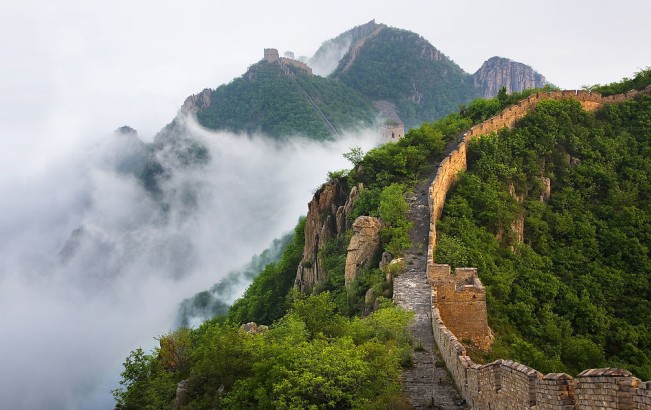Sanyou Cave is the sheer cliff in the northern side of the Xiling Gorge which is about 6 miles or 10 kilometers away from the Yichang City and offers the best cave scenery of the Three Gorges area. Since the period of Tang Dynasty, for many centuries poets have came here for seeing the scenery and have left the poetic inscriptions. Through human destruction and natural erosion, most of the inscriptions in this cave and around it have been now destroyed. But, it is still a good highlight to see the spectacular view of the Three Gorges area for the scenery and the old inscriptions which are still left there. Highlight at that site is watching the cave, seeing the scenery, walking on the path from the cave to the Xhinxin Pavilion and ancient inscription.
Sanyou Cave means Cave of the Three Travelers and these caves were named so because three of the poets of Tang Dynasty and officials namely baijuyi, Yuanzhen and Baixingjian, which are believed to have visited here. Many other poets as well as famous people came to this cave and left inscriptions. This cave is about 30 meters long and 23 meters wide and about 9 meters in height. It was formed by the stalagmites and natural erosion separating the cave into tow chamber. The bigger chamber having about 40 inscriptions is in the front. Ou Yangxiu who had a great Song era literati has left an inscription here.
There are some inscriptions left on the flat rock faces by many ancient visitors for a longer period of time. However, the themes of most of the inscriptions are almost same. They have praised the fantastic cave scenery. Variation can be found in the inscription due to the changes in the Chinese language the different eras as well as difference in the individual styles. You can see varied examples of many styles like clerical script, regular script, running script, cursive hand and seal characters. There is a small path leading to the Zhixin Pavilion from the cave entrance. You can get a view of the beautiful scenery of the Yangtze River.




















